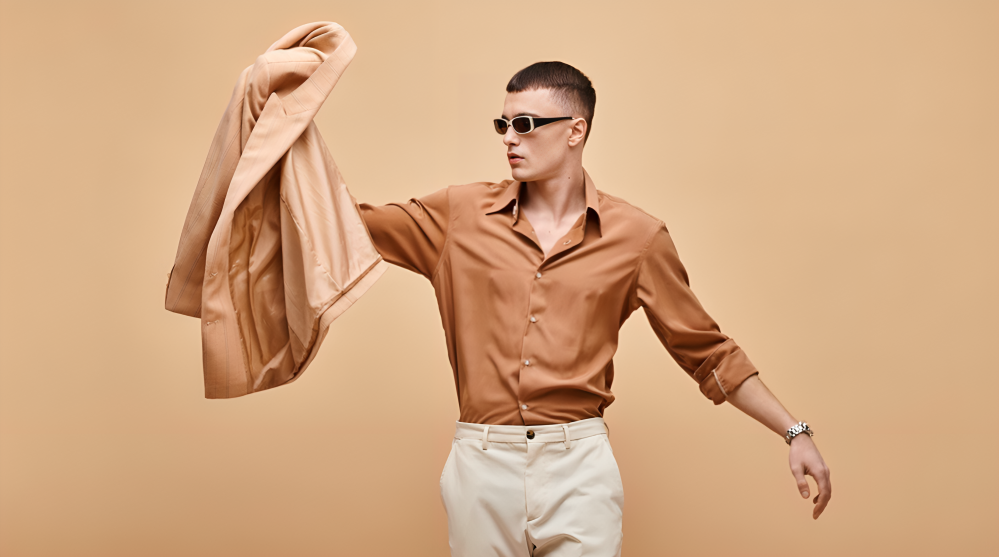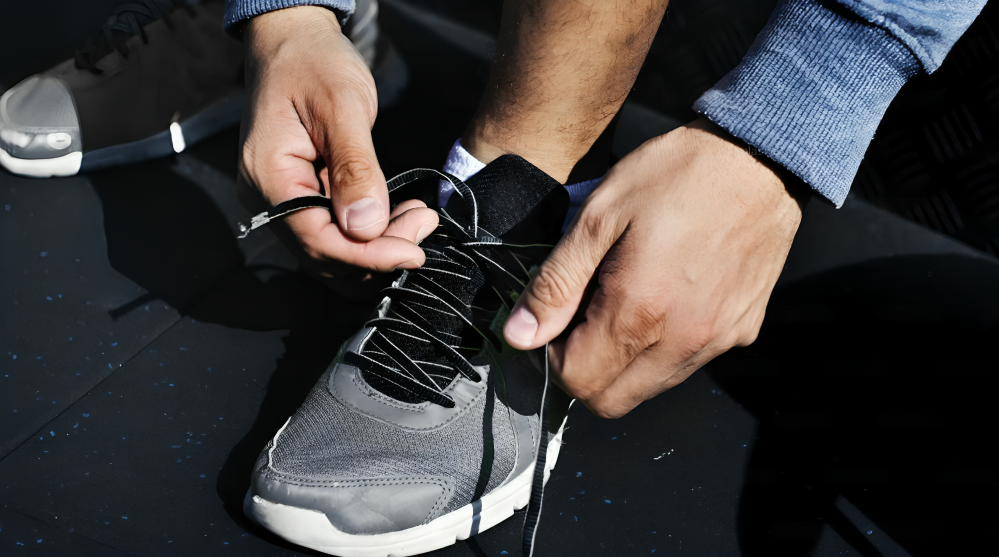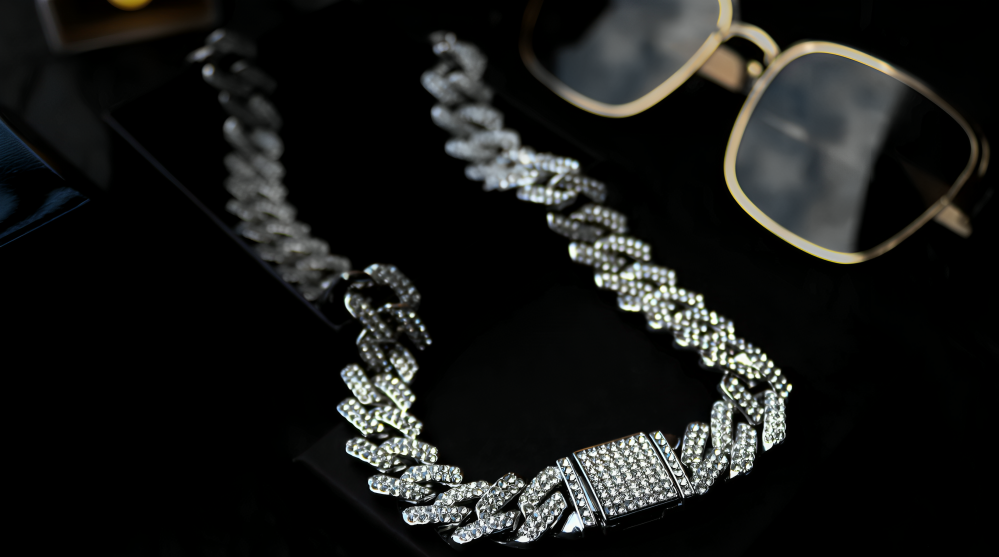First impressions are everything and job interviews are one of the most important opportunities for self-expression. Your Job Interview Outfits can convey a lot about your professionalism, attention to detail, and self-assurance—all qualities potential employers desire. But what should you wear to ensure the right message is being communicated? This guide will help you navigate the tricky world of Job Interview Outfits so you can feel confident walking into your interview.
Understand the Company Culture
Before deciding on what to wear, it’s crucial to first understand the company—or organizational—culture. Are they more traditional? Are they leaning towards the casual end of the spectrum? Learn more about a company’s typical dress code by checking its website and social media, or, if possible, by talking with current employees. Dressing in line with the culture shows that you’ve done your homework and that you belong among them.
For example:
- Corporate/Traditional: Law firms, financial institutions, large corporations. These tend to be more formal.
- Business Casual: Tech companies, most marketing or creative industries. These are still professional but allow for more personal expression.
- Casual: Likely found in startups or small creative companies. You can be more relaxed but should still avoid looking messy or unprofessional.
The Classic Suit: A Timeless Choice
When in doubt, a suit is always a safe bet, especially for corporate or business casual environments. Here’s how to get it right:
- Color: Stick to neutral colors like charcoal or black. These colors are professional and less distracting.
- Fit: Ensure your suit fits well. An ill-fitted suit can spoil the whole look. The jacket should be snug on the shoulders, and the pants should be fitted and hemmed to the correct length.
- Shirt: A crisp white or light blue dress shirt is a timeless classic that should be clean, ironed, and perfectly fitted.
- Tie: In a business setting, your tie should match your suit and shirt. Generally, solid colors or subtle patterns work best. In more casual work environments, you can often skip the tie.
Business Casual: Balancing Professionalism and Comfort

This dress code can be trickier since there are many options and variations. Here’s how to strike the right balance:
- Blazer or Sport Coat: A well-fitted blazer or sport coat looks sharp with dress pants or chinos.
- Shirt: You can be flexible with a dress shirt or a quality polo. It should be tucked in and neat.
- Pants: Dress trousers or chinos in neutral colors like khaki, gray, or navy work well. Jeans are out unless you’ve been assured they are acceptable.
- Shoes: Leather shoes or loafers are your best bet. Make sure they are polished and clean.
Casual: Keeping It Professional

Even in a casual workplace, it’s important to maintain a professional appearance. Here’s how to do it:
- Shirt: Wear a button-down shirt or a smart polo. Avoid graphic tees or anything too casual.
- Pants: Stick to chinos or dark jeans that are clean and free from rips and tears.
- Shoes: Clean sneakers or loafers may be acceptable, depending on the company culture, but avoid overly casual footwear like flip-flops or sandals.
Grooming and Accessories
No matter how you dress, proper grooming and accessorizing will elevate your appearance. Keep these tips in mind:
- Hair: It should be clean, properly combed, and styled appropriately for the role you’re applying for.
- Facial Hair: If you have facial hair, ensure it is well-groomed and tidy. A clean-shaven look is often best for corporate settings.
- Shoes: Your shoes should always be polished and clean. They complete your outfit and are an important part of dressing appropriately.
- Accessories: Keep accessories minimal. A plain watch, wedding ring, or pair of cufflinks will suffice. Avoid gaudy jewelry or anything that might distract from your professional appearance.
Common Mistakes to Avoid
- Overdressing or Underdressing: Find the right balance according to the company culture. Being too formal or too casual can send the wrong message.
- Ignoring the Fit: Clothing that is too tight or too loose can detract from the professionalism of your outfit.
- Wearing New Shoes: Never risk discomfort. Your shoes should be broken in and comfortable to avoid fidgeting during your interview.
Quick Reference Guide to Interview Attire
| Dress Code | Outfit Components | Key Points |
|---|---|---|
| Corporate | Suit, dress shirt, tie, dress shoes | Stick to neutrals, ensure proper fit |
| Semi-Professional | Blazer or sport coat; dress shirt or polo; dress pants or chinos | Aim for informed comfort with a professional appearance |
| Smart Casual | Button-down or polo shirt; chinos or dark jeans; nice shoes | Avoid looking too casual; don’t get carried away with casual touches |
Dressing appropriately for a job interview doesn’t have to be difficult. If you’re aware of the company culture and dress accordingly, you’ll not only look the part but also feel more confident. After all, you want to make that all-important first impression a good one, so take the time to plan your outfit carefully. With the right look, you’re one step closer to landing the job.




